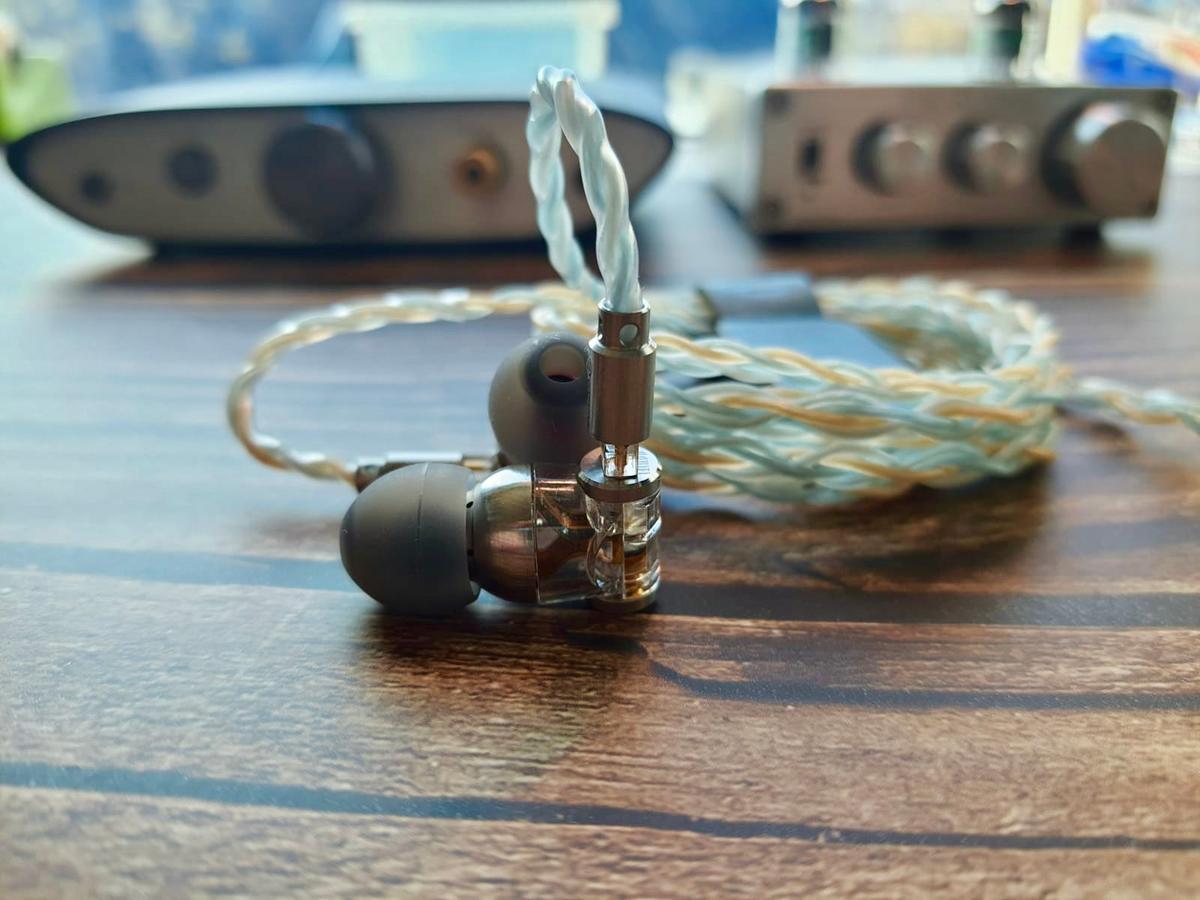These IEMs are more than just their innovative dual sockets and excellent accessories, especially after listening to them.
The ddHiFi Janus are the first IEMs launched by ddHiFi, priced starting at $200 (actual price depends on the selected options). The company is well-known for making great adapters and small DAC/amp dongle combos. Now they are making earphones designed for pairing with their great accessories.
The Janus are single dynamic driver earphones. While that may not be anything flashy or mind-blowing, it is a safe move. When earphones mix and match all sorts of exotic drivers, we get hyped up, and the product receives attention. However, good old single dynamic driver earphones are proven to work well most of the time, whereas there is simply a higher chance of messing up with all those flashy drivers.
- Natural and organic sound signature
- Coherent and non-aggressive tuning
- Wide soundstage
- Impressive accessories in both quantity and quality
- Dual sockets provide flexibilities
- High and low extension is not impressive
- Detail retrieval and the overall resolution are not particularly outstanding
- Fitting can be tricky and takes a lot of trial and error to get the fit
- Noise isolation is virtually non-existent
- A lot of burn-in is required for them to shine (not necessarily a con, but still)
ddHiFi Overview
ddHiFi was founded in 2017 by Demond, a former member of two well-established Hi-Fi companies, Fiio and Oppo. The company is dedicated to producing high quality, compact accessories for audiophiles and have brought us amazing products such as adapters and ultra-compact DAC/amps. They also make cases for DAPs, cables, and of course, the Janus earphones.
Flashy things are something you may not find in ddHiFi’s product lineup. From the ddHiFi brand concept:
Or, to put it in simple words, ddHiFi aims to produce affordable, quality products dedicated to serving their purpose. So, let’s see if the Janus live up to the expectations.
Technical Specifications:
- Driver: A 10mm dynamic driver
- Impedance: 32Ω
- Sensitivity: 97dB/mW
- Frequency response: 20Hz – 20,000Hz
- Connection: MMCX & 0.78 CM 2pin
- Headphone plug: 2.5mm TRRS Balanced
- Cable: BC120A (Forest) Sky Series Cable, 120 cm, 6N OCC Copper
Packaging and Accessories

Here you can understand the ddHiFi concept: simplicity, maximum utility, and quality without extra flamboyance. The Janus come in a rectangular cardboard box. On it, you will find the product and the company name, and a list of included accessories. Again, nothing boastful, but ultimately they do the job just fine.

There are two sections inside the box. One holds the storage case. The other is a cardboard box with Janus on top that stores the cables and the other accessories. Speaking of accessories, given that ddHiFi began their business as a high-quality accessories supplier, you need not worry about the quality or quantity.

In the box, you will find:
- The earphones (obviously)
- A BC120A (Forest) Sky Series cable
- A storage case (C80B)
- A cable managing clip (C10B)
- 3 pairs of bass-type silicon ear tips and 3 pairs of treble-type silicon ear tips
- 10 MMCX hole dust cover
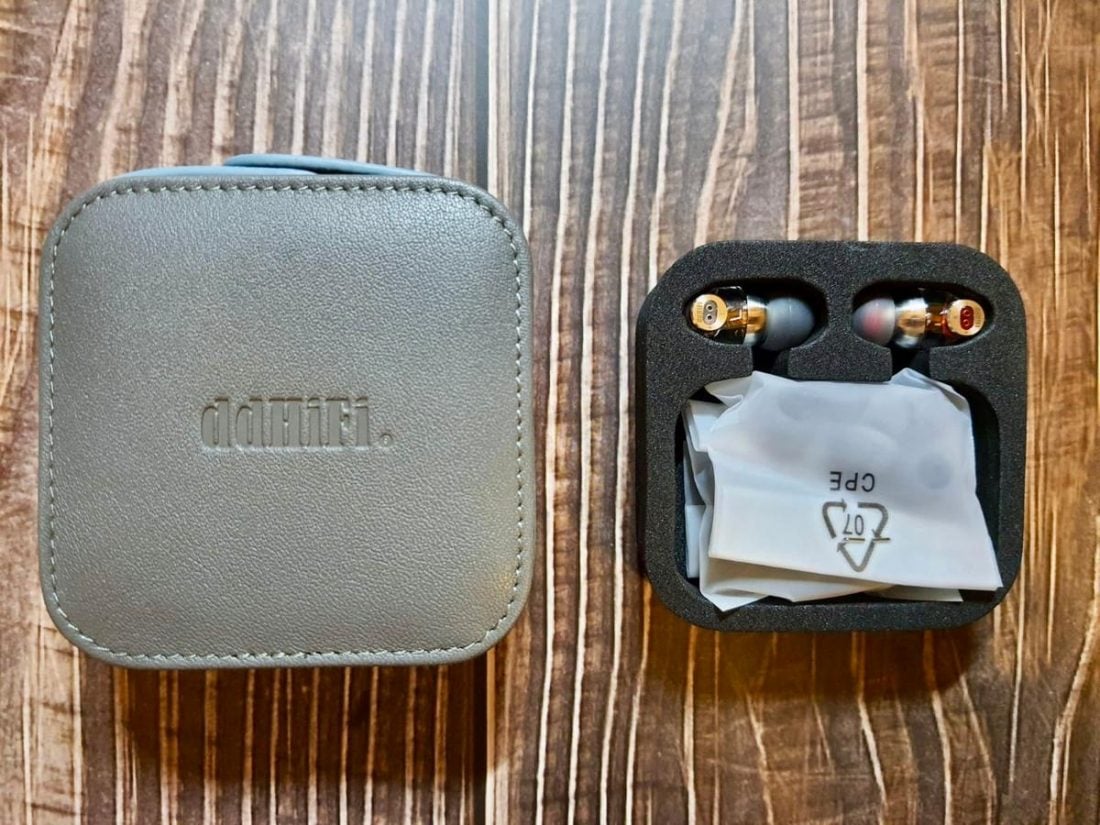
Most of (if not all) the things you need to enjoy your earphones are included. If I have to be a nitpicker, I could hope for a wider variety of ear tips besides silicon. A pair of foam tips would surely be welcome. Additionally, You can purchase most of the accessories separately (the ones with the product number in brackets in the list above).
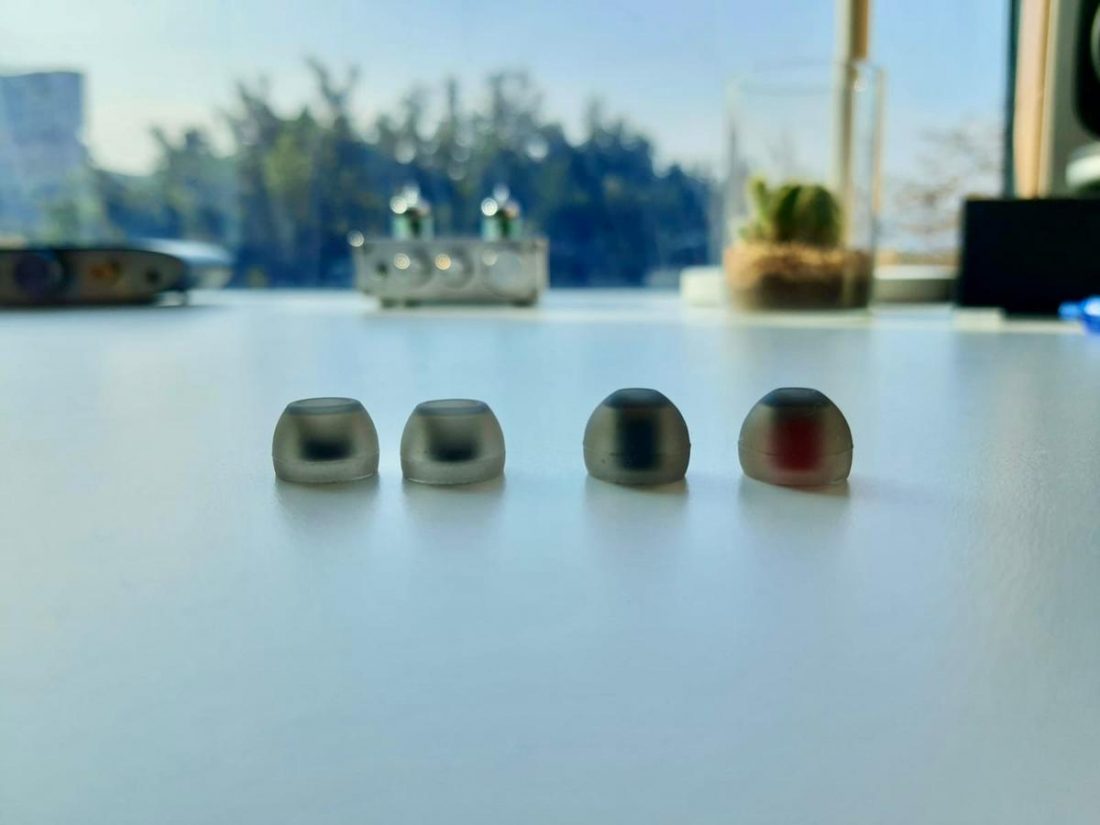
Between the bass and treble tips, I find the biggest sonic difference is with the bass response, and not actually the treble. The bass impact is less physical with the treble tips and not as warm and organic as with the bass tips. The lower midrange is also slightly thinner with the treble tips.
Cable
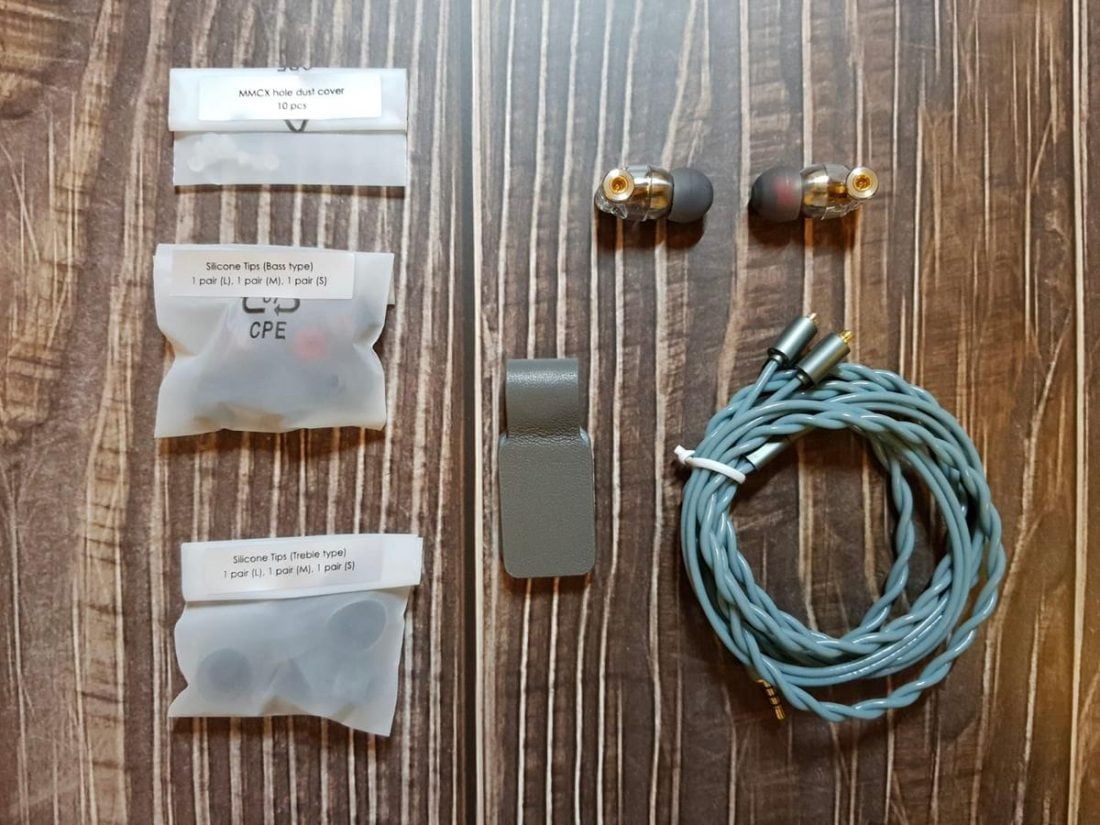
One thing to add is the cable. As you may notice, it is terminated as 2.5mm rather than the more traditional 3.5mm. That may be a good or a bad thing depending on your situation.
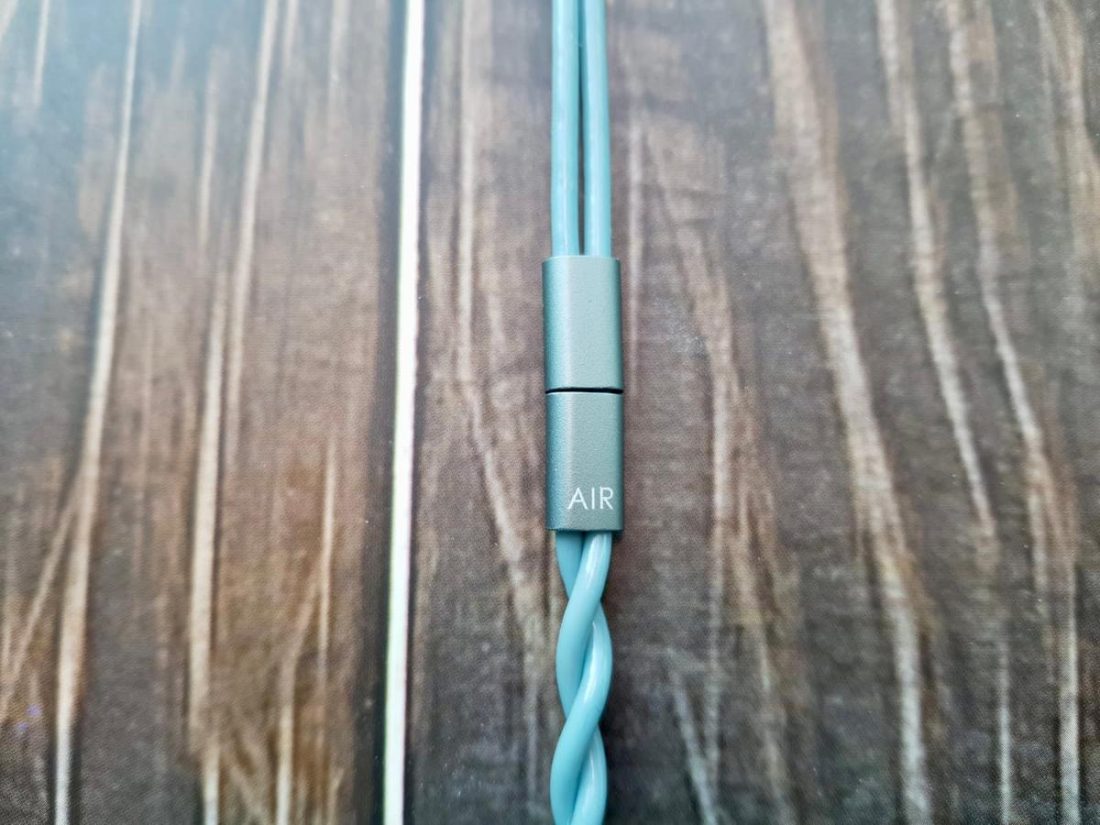
I am a fan of the balanced cable, and I have been using the ddHiFi adapters for a while. The 2.5mm balanced termination means that I can utilize the 4.4mm output on my Lotoo PAW 6000 or my iFi Audio Zen Dac. I can also use the standard 3.5mm headphone jack on my laptop with the adapters.
However, if you do not have the adapters, you may want to invest in some to use the Janus. The Janus adapters are available as a bundle pack from HiFiGo. There are options in which you can buy the Janus together with the Sky upgrade cable, or a 2.5mm to 3.5mm adapter, or a 2.5mm to 4.4mm balanced adapter.

The stock cable is a 6N OCC Copper cable called the Forest. (You can also purchase it separately.) Despite the plasticy look, it still feels fairly supple and lightweight. Because of the lack of shaping heatshrink, you get to choose how you want to wear the IEMs. You can wear it with the cable straight down or hanging over-ear. I prefer wearing it over-ear, as this dramatically reduces the microphonics, and it feels more natural.

As well as the stock cable, ddHiFi also sent me an upgrade cable, the Sky cable. Unlike the Forest cable, it uses silver-plated copper as the conductor. I received it terminated as 2-pin 2.5mm. I would like a 4.4mm, but this gives me another chance to utilize the 2.5 to 4.4mm adapter. The Sky cable has heatshrink for ear hooks, so you can only wear it over-ear, unlike the Forest cable.
I know the debate about “the sound of cables” and would like to stay away from it. However, to my ears, they are very similar in sound signatures, perhaps 95% the same. But I do feel like the treble extension is ever so slightly better with the Sky cable.
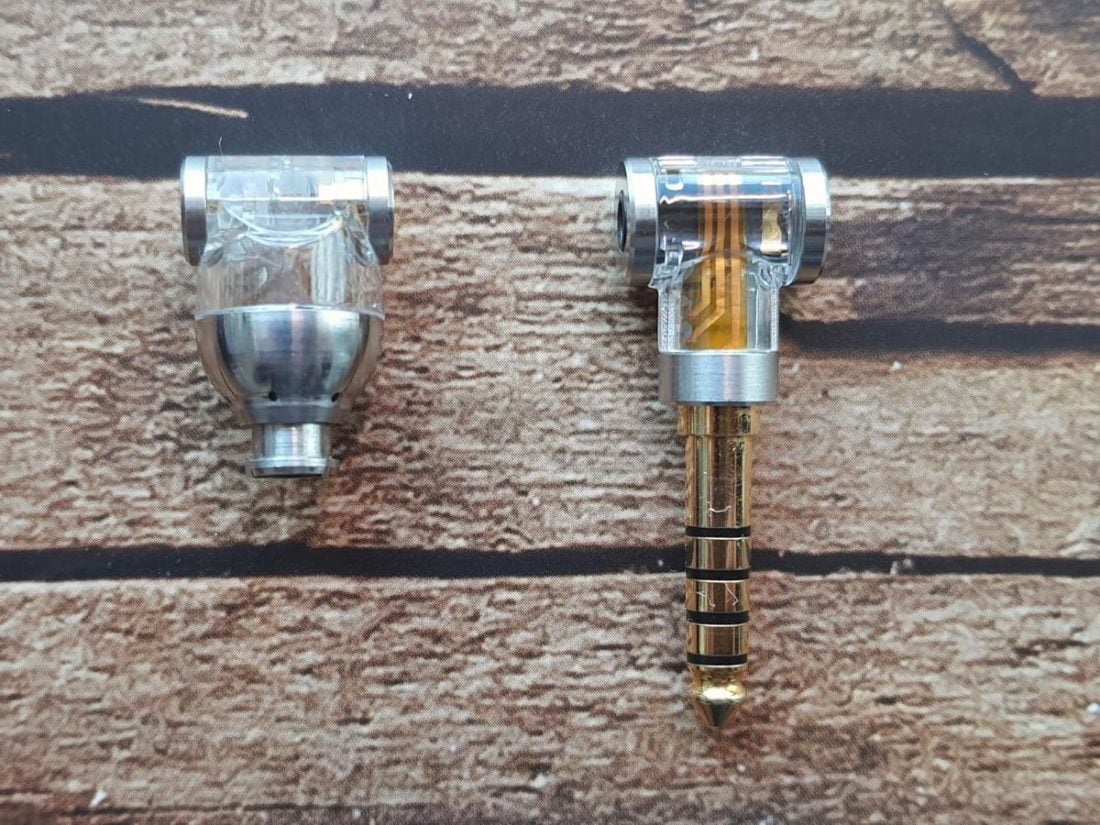
Design and Comfort
Now we come to the highlight of the Janus. On ddHiFi’s website, they market the Janus as “Dual Socket Dynamic Earphones.” The reason? The Janus have both MMCX and 2pin 0.78mm terminations. Yes, both.
You may think this is only a gimmick and marketing strategy. I thought the same initially.
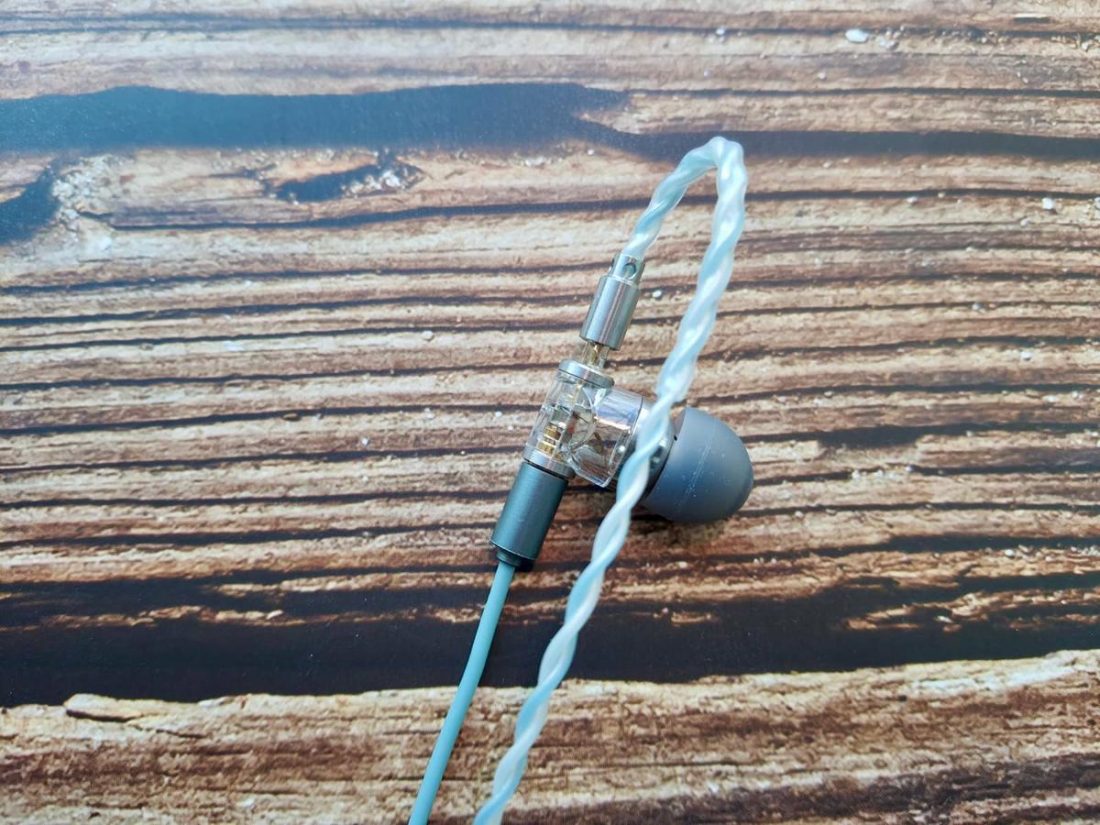
However, MMCX connectors are known for having connection problems after extended periods of usage and 2-pin terminations will eventually become loose. I have faced both of these problems. So, it makes sense that having both connectors halves the probability of breaking (or doubles the time before they both wear out). Also, if you are a cable guy, this feature is particularly attractive since you can use your cables regardless of the termination.

I prefer the Sky cable’s comfort, as it is softer and lighter than the Forest cable, and it has ear-hooks. I do recommend getting the Sky cable for these reasons. To me, the better comfort is worth the slightly higher price.
The comfort of the Janus is where I am a bit puzzled. They are fairly lightweight, so you don’t notice the Janus anymore once you wear them correctly. However, the difficult bit is to wear them properly. The earpieces are short and have a wide diameter. So, it took me a lot of trial-and-error with the ear tips and placement to get a secure fit.
To add to that, I can only wear them properly and comfortably when using the largest bass-type ear tips. I cannot get a secure fit with the treble-type tips because of their shorter and flatter shape. So, unfortunately, I am not able to compare them. You will likely need to try multiple tips before you can wear the Janus comfortably.
However, although they are quite comfortable when using the bass-type ear tips, the downside is the lack of noise isolation. They are one of the least isolating earphones I have owned. Even the Sony EX800ST have slightly better noise isolation than the Janus. So, if you plan to use them for your daily commute, you may have to consider something else.
Sound Analysis
Generally speaking, the ddHiFi Janus have a sound signature somewhere between neutral and warm. They are not bassy or treble spicy, but somewhere in between. I believe this is a safe move for ddHiFi, as this sound signature is easy to accept. They retain a relaxed and natural approach throughout the frequency spectrum, without too much exaggeration or boost.
Before the sound analysis, I “burned-in” the Janus for about a week (around 200 hours). Typically, the initial impression of a pair of earphones right out of the box is fairly similar to the “burned-in” sound. However, before the burn-in, the Janus sounded very tight with a very muffled treble and loose bass response. After the burn-in, the Janus sound much more relaxed and natural.
To sum up the sound of the Janus, they are natural and relaxed.
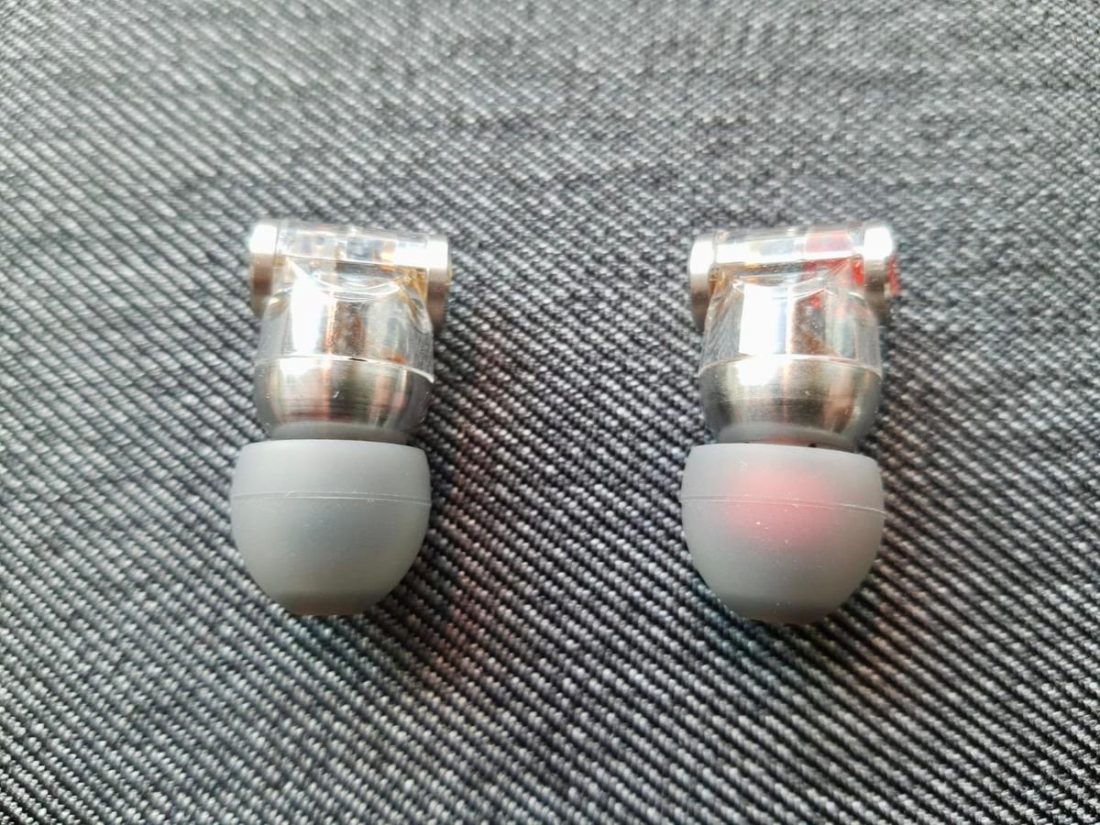
Bass
As I have said, the Janus do not have a boosted bass response. There is good body, slam, and impact in the bass. The quantity of bass overall remains calm and not bloomy. So if you are looking for bass-head earphones, there may be better options.
The sub-bass extension is fair but not the best in class, and it is recessed behind the midbass and upper bass. In the midbass, there is the usual dynamic driver’s naturalness and organic feeling. The midbass punch feels solid and more realistic than with balanced armature earphones. The control in the upper bass is good, so the bass does not bleed into the midrange.
Overall, the bass region sounds clean and natural, as there isn’t too much exaggeration or boost. The bass’s layering ability and clarity are decent even if the Janus are not the fastest sounding earphones.
Midrange
There is a slight tilt towards the lower midrange in the Janus, which provides some warmth to the sound. The transition from upper bass to lower midrange is coherent and natural, as expected from single dynamic driver earphones. This is why I love single dynamic driver earphones. In most cases, you don’t have to worry about the issue of coherence.
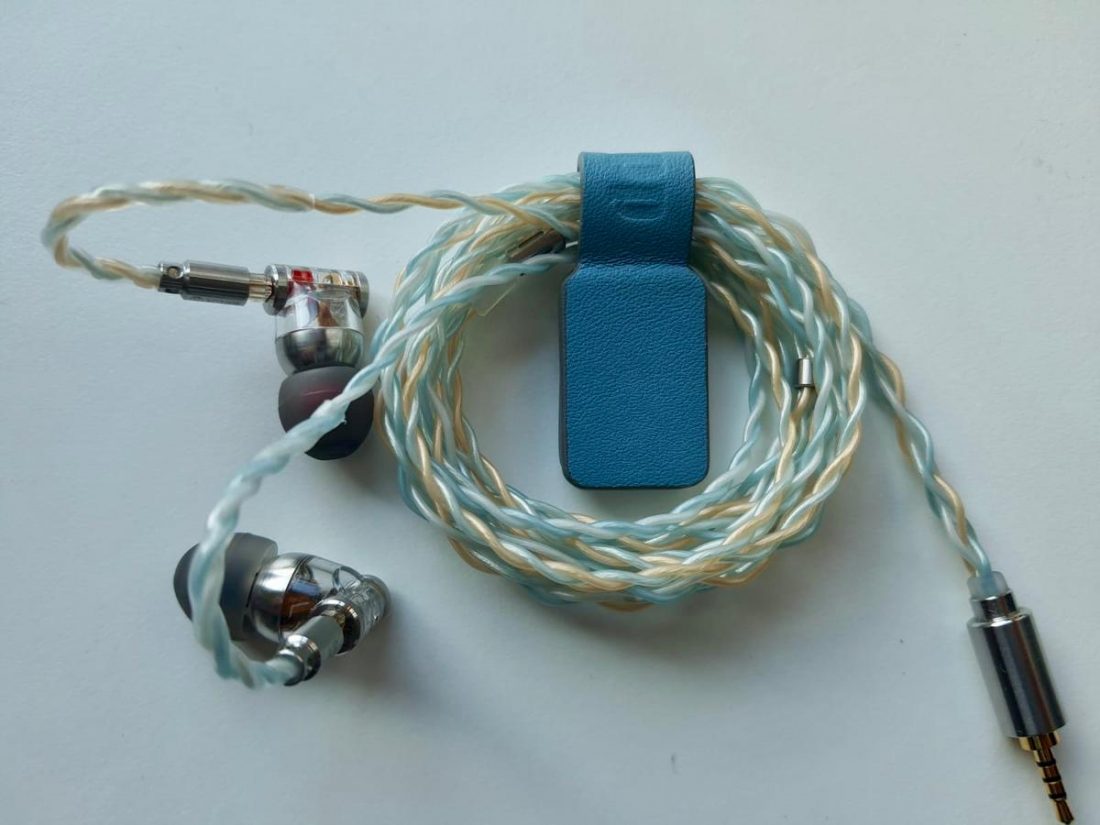
The upper midrange is slightly recessed compared to the mid and lower midrange. As a result, some female vocals and violins may not stand out as much as lower or male vocals. However, being recessed does not mean they lack in details. The vocal clarity is good without being unnaturally spicy or harsh. Again, they always sound natural and relaxed, making the Janus rather forgiving with badly recorded songs.
Treble
The lower treble is warmer than what I consider neutral and is smooth and slightly recessed. This avoids sibilance issues completely. As a result, the Janus never sound overly aggressive and are non-fatiguing even after hours of listening (at low volume).
The upper treble is somewhat similar to the sub-bass. The extension is decent, with a fairly good amount of detail. However, like the sub-bass, the Janus are not the best in their price range for extension. The upper treble does not take the spotlight, so they are not the most detailed earphones available.
While the Janus sound fairly quick, the quantity of treble remains in line with the rest of the spectrum. So, treble-heads may not be fully satisfied. However, the Janus sounds natural and relaxed.
Technicalities and Sensitivities
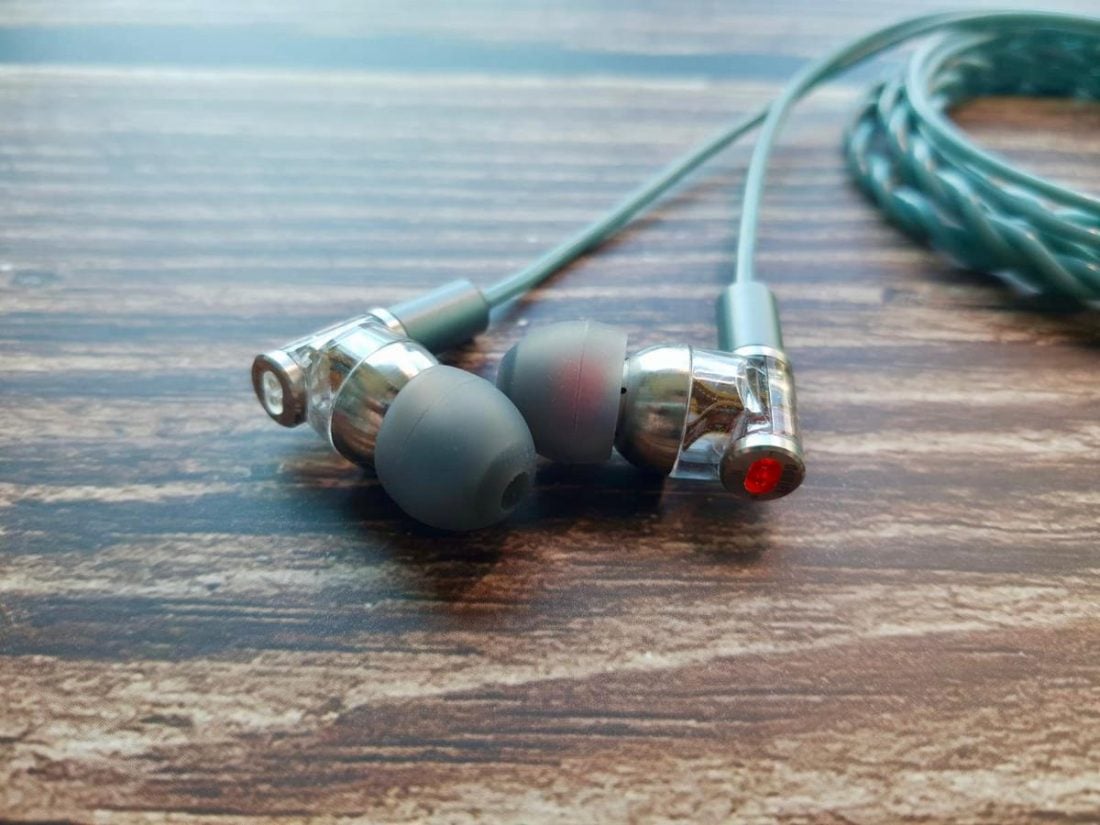
The Janus have good soundstage ability, with a wide soundstage extending almost out of your head. However, the height and depth of the sound are just average for the price range. The layering and imaging abilities are decent, and the Janus can locate the general direction of sounds. However, I feel like the depth of the soundstage limits them.
Given their sub-100 db/mW sensitivity level and impedance of 32Ohms, the Janus are not the most efficient earphones. In fact, they do require a nice source for them to shine. When paired with the Lotoo, the volume sits at 40/100 at high gain.
So while you may not need an additional amplifier for the Janus, your smartphone output or the dongle may not provide enough juice for the Janus. This causes them to sound softer, with less impact down low, and the details are muffled.
However, that also means that the Janus are insensitive to hissing. So, if you have a noisy source without a pitch-black background, you do not worry that the Janus will have any hissing problems.
Comparisons
The Janus are priced at $200, so they are facing quite severe competition. Even if we are only looking at single dynamic driver IEMs, there are lots of great performers (and some classics) in this price range. I will compare the Janus against two of my favorites, the Sony EX800ST and the Moondrop KXXS.
ddHiFi Janus vs Sony EX800ST
The Sony EX800ST were launched more than a decade ago and are only sold officially in Japan. Nonetheless, these factors did not stop the EX800ST from becoming a classic. The Sony are also a pair of dynamic driver earphones, but they have larger (16mm) drivers than the 10mm dynamic drivers in the Janus.
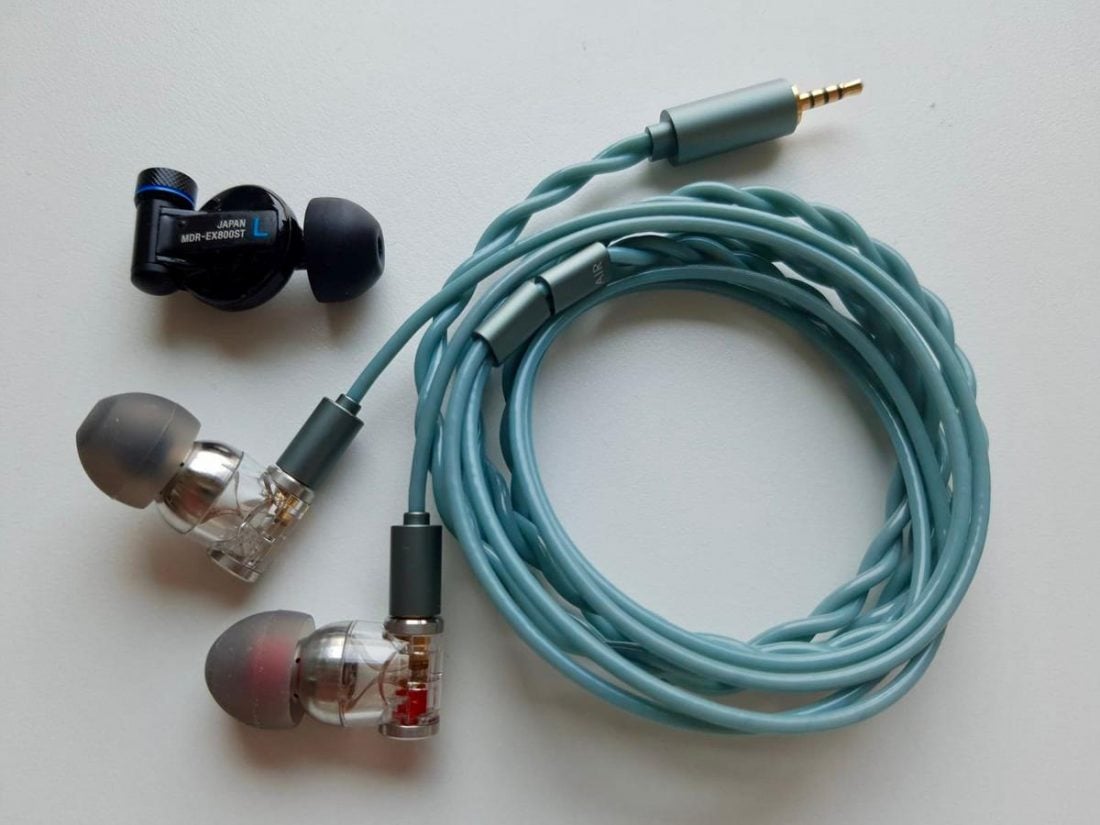
The Sony EX800ST are warmer sounding than the Janus. The sub-bass extension is better in the Sony, and there is also more bass impact and body. Even so, the Sony still have quite a detailed low end that can show the bass region’s layering. The Janus are cleaner down low, because of their less bass quantity.
The midrange are somewhat similar between the two. The Janus have a tilt towards the lower midrange, with the upper midrange slightly recessed. The Sony’s upper midrange is slightly more forward than the Janus, but neither of them have sibilance problems and they are both quite relaxed sounding.
The Sony have slightly better treble extension, sound more airy and detailed, have better height, and are a little bit more forward than the Janus. Neither of them, however, are sharp or harsh. The treble is well-controlled and smooth in both.
The Janus have a wider soundstage, but the Sony are not far behind. The Sony fight back in depth and height. The depth of the Sony is class-leading and so is the layering ability. The Sony are more sensitive than the Janus. The Janus need 40/100 in high gain with my Lotoo, whereas the Sony sit comfortably at 32/100. As a result, the Sony are more sensitive to hissing.
ddHiFi Janus vs Moondrop KXXS
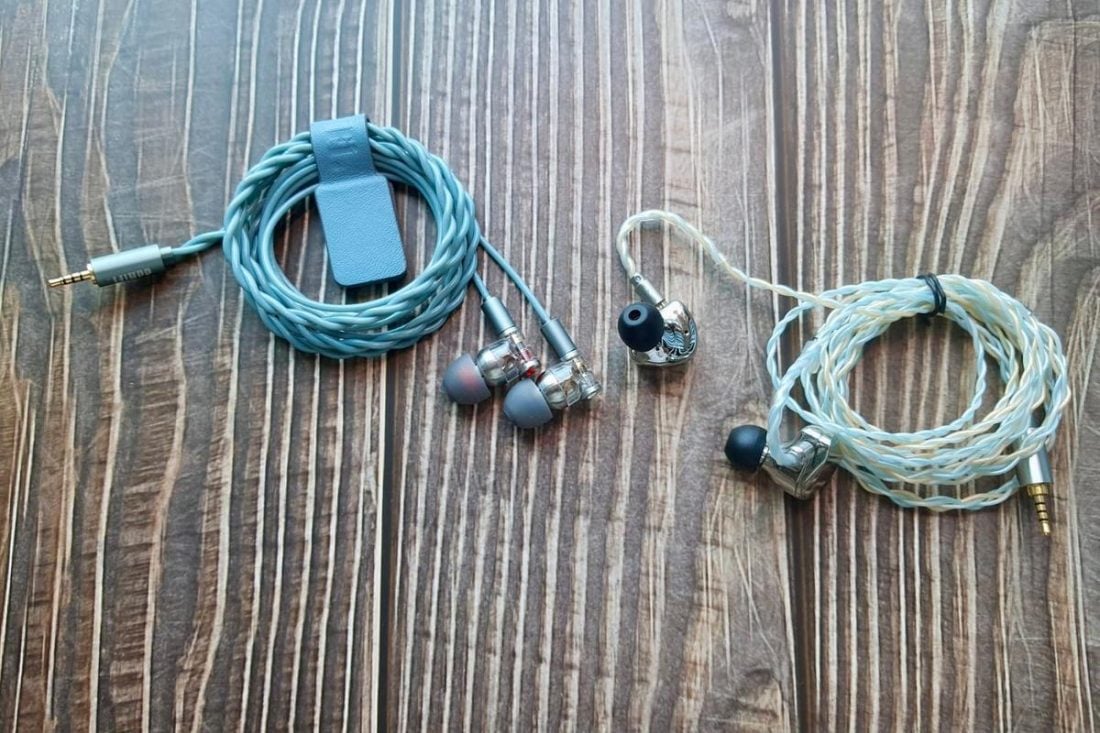
The KXXS have been the benchmark for $200 IEMs for me, and they prove to me that although Chi-Fi may have lower prices, the quality is no joke. Despite also having a 10mm dynamic driver, the KXXS and the Janus are quite different. The design of Janus follows a utilitarian and simple approach, whereas the KXXS feel luxurious.
They also sound different. Although the KXXS are still natural sounding, the KXXS are thicker and richer throughout the spectrum.
In the bass region, the KXXS show better bass extension over the Janus. There is more bass presence in the KXXS, with more punch and physicality. The Janus cannot match the KXXS body and punchiness, but because the Janus have less bass quantity, they sound cleaner.
The KXXS have a richer and thicker midrange than the Janus. The Janus sound thinner in the vocals with less conveyed emotion.
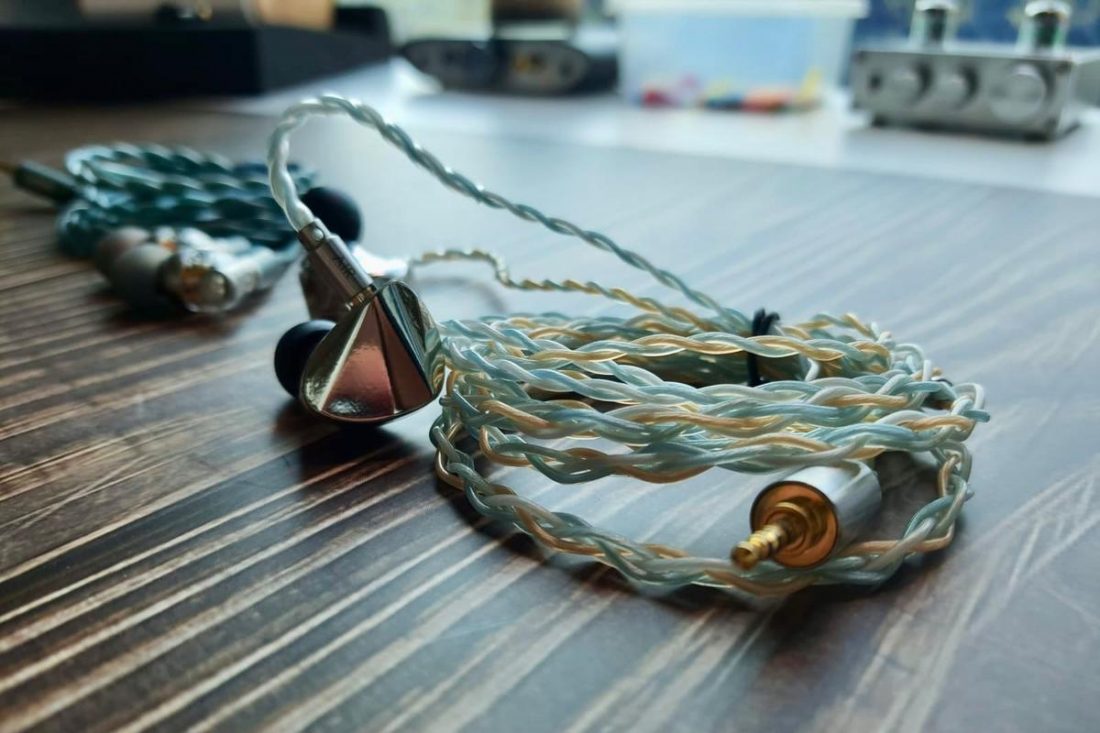
Neither of them are shouty or aggressive sounding in the treble region. However, the KXXS have better agility and more sparkle up top. So, although this makes the KXXS sound engaging and fun, they are not as relaxed as the Janus. After hours of listening, the KXXS may be more fatiguing.
The treble extension is better in the KXXS, as are the details, but they don’t sound as natural. The KXXS has a more airy sound because of their taller and deeper soundstage. However, the Janus are considerably wider sounding than the KXXS.
Where to Buy
You can buy the ddHiFi Janus from
- Aliexpress
- HiFiGo,
- Linsoul,
- or Amazon.
The Janus is available with different bundles with other products from ddHiFi, such as the Sky Cable or their fantastic adapters. So, make sure to check out the bundles and decide which one you need the most.
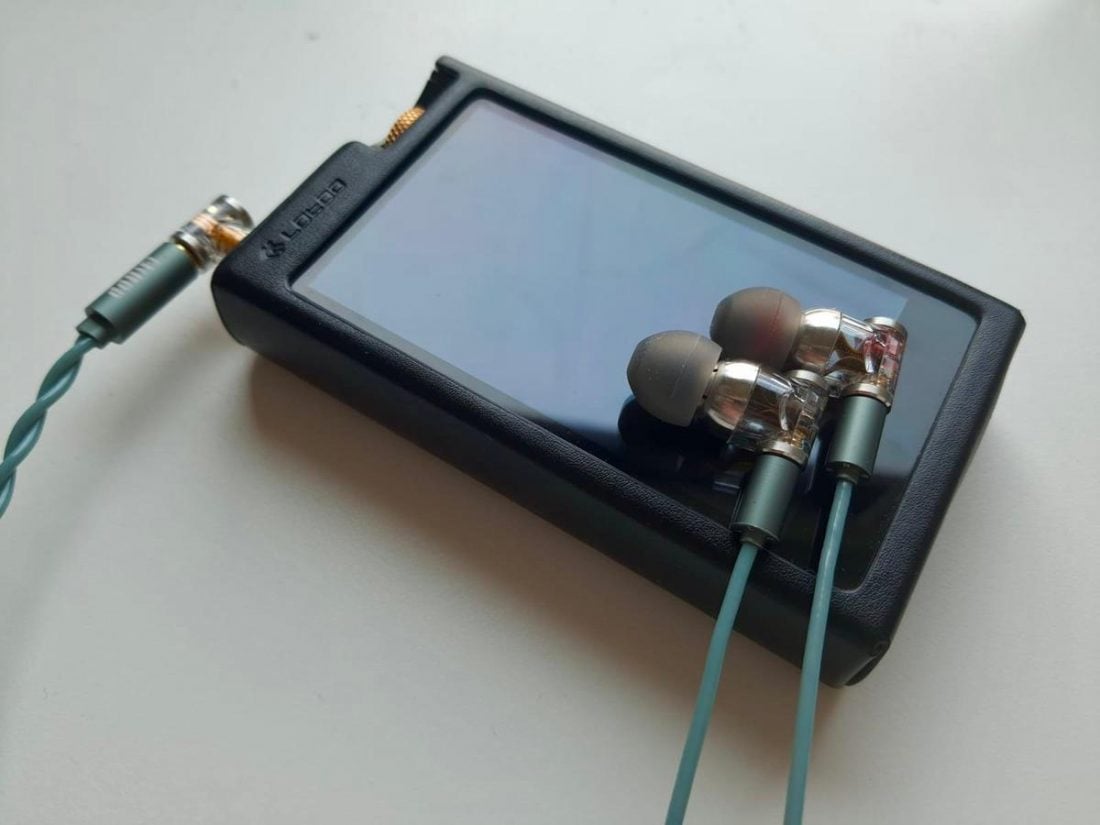
Verdict
At first, I thought the Janus were only about the gimmicky sounding dual sockets. However, after burning them in for a while (and they do need quite a bit of burn-in before they sound “correct”) the Janus prove that they are more than gimmicks. While the Janus may not be the most detailed or have the best resolution, technicalities, or extension in their price range, there is no denying that they do sound very coherent and natural.
With the Janus, ddHiFi has shown to be more than simply an accessory producer. They are capable of launching IEMs that have a mature sound signature. Although they may not be perfect, the Janus are a milestone for the ddHiFi, and I am looking forward to seeing what they can produce in the future.
